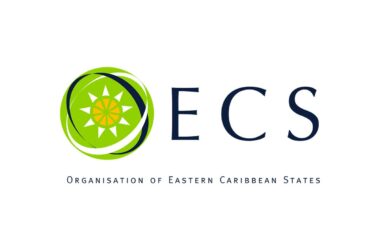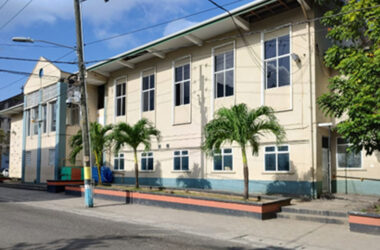THE Pan American Health Organization (PAHO) this week announced it had developed new guidelines for the marketing of alcohol in the Americas, including the Caribbean, to help reduce consumption. This news should be of interest to us here in St. Lucia because of the very serious alcohol problems facing our country.
It is now well known that St. Lucia has earned the reputation for being one of the countries with the highest consumption of alcohol per capita in the world. In fact, we have been among the top five for many years. In earlier times, in the days when we ourselves produced rum from our sugar industry, there was an annual boast that we consumed all the alcohol that we produced.
But alcohol consumption has taken its toll on our people and the Ministry of Health will tell you that very many deaths here are alcohol-related. So serious is our problem that many children are jumping on the alcohol bandwagon.
Three years ago, a study undertaken by St. Lucia’s Ministry of Health among secondary school children between the ages of 13 and 17 revealed that many had been introduced to alcohol before the age of 11. While there are restrictions on the selling of alcohol to minors, we live in such a corrupt society that such measures are never really enforced.
Additionally, over the years, St. Lucia has done very little to regulate any aspect whatever of the alcohol business. Every now and then some Minister for Finance in making his budget presentation would announce an increase on the consumption tax on alcohol, but the evidence is that this has done nothing to dent the national craving. We are one of the 40 percent of countries in the Americas with no restrictions on alcohol marketing. In fact, says the PAHO, only seven countries in the region have self-regulatory codes which, however, are ineffective in reducing youth exposure to alcohol marketing.
This week, PAHO reminded that “the harmful use of alcohol is one of the four most common preventable risk factors for major non-communicable diseases and an important risk factor for violence and injury”. As if we didn’t already know this from our own experience. Added to that, the organization said, was its impact on other health conditions, including HIV/AIDS and tuberculosis, as well as on economic and social development.
The main thrust of the study had to do with marketing. It noted that marketing of alcohol products was “widespread” in the region with “modern…techniques that go beyond traditional print and electronic media advertisements to include branded merchandise, sponsorship of sporting teams and events, discount pricing, social media and sales or supply at educational and health establishments”.
It recommends “a comprehensive ban on alcohol marketing” as the only way to eliminate risk of exposure for those needing protection such as youth and other vulnerable groups.
St. Lucia is a member of PAHO and will no doubt receive a copy of that study. But what will our response be? We repeat that alcohol consumption and abuse is a big problem in St. Lucia as it is in Dominica and Grenada and several other regional countries. When the problem begins attacking children of school age, we are dealing with a potentially very explosive situation.
The government needs to take note of this situation. For years here in St. Lucia, we seem to have developed a culture that requires us to collectively bury our heads in the sand when major problems arise in the hope that when we suddenly wake up they would have vanished. The evidence is that it does not work that way. Alcohol consumption and abuse is a danger to our society and we better sit up quickly and show our awareness. The barrage of fetes with free-flowing drinks available to all and sundry, the emerging phenomenon of wayside drinking, and the specific targeting of young people in marketing alcoholic products cannot be allowed to continue unchecked.













